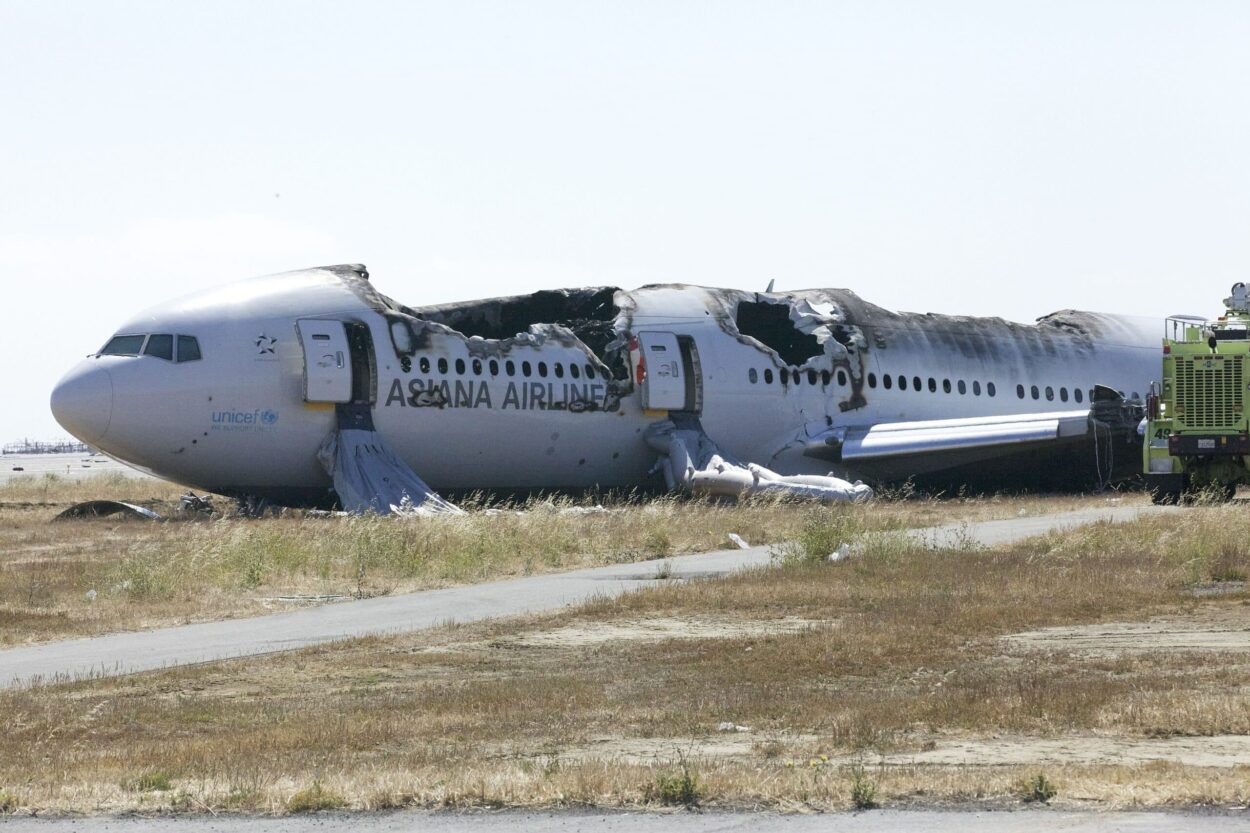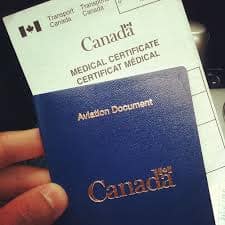Pilot Errors
Pilot Errors
A pilot error is an action or decision of the pilot that, if not caught and corrected, could contribute to the occurrence of an accident or incident. Inaction or indecision are also included in the definition. Pilot error does not always imply fault; this particular topic will be further discussed in this section.

An example: A pilot landed on an icy runway at night which lead to a crash. The cause is pilot error but this would only be 100% true is the pilot was aware of the conditions beforehand. If the pilot was given incorrect reports then this would be the error in the chain of events that could have been the underlying cause of the accident.
In 1990, Prof. James T. Reason developed a model to analyze human error. In his model, 5 layers depict one part of the total aviation system. Each layer has holes in it that if lined up could potentially lead to an accident. This model forms the basis for Threat and Error Management and is commonly known as the swiss cheese model.

Decision Errors
Decision errors are conscious, goal-intended behaviour that proceeds as designed; yet, the plan proves inadequate or inappropriate for the situation. Commonly referred to as honest mistakes, these unsafe acts typically manifest as poorly executes procedures, improper choices or simply the misinterpretation or misuse of relevant information.
Operational Decision errors are discretionary decisions not covered by procedures, that unnecessarily increase the risk level. Examples include navigation into adverse weather, inappropriate reliance on automation.
Intentional Non-Compliance Errors are conscious violations of SOPs or regulations. Examples would be omitting required briefings, performing checks from memory, not following proper airworthiness procedures and flying outside of weight and balance limits.
Skill Based Errors
These occur with little or no conscious thought like basic rudder skills and scanning techniques. As a result, these errors are often susceptible to attention or memory lapses. As a result, skill-based errors such as the breakdown of an instrument scan or flipping the wrong switch often happen.
Procedural Errors: Procedures are followed but executed incorrectly. This can include slips, lapses or mistakes in the execution of procedure of regulation. The intention is there but execution is incorrect.
Proficiency Errors: Lack of knowledge or poor aircraft handling.
Perception Errors
These occur when sensory input is degraded or as often understood as unusual. Faced with acting on imperfect or less information, pilots run the risk of misjudging distances, altitude, and decent rates as well as responding to many sensory illusions.
Communication Errors occur when information is incorrectly transmitted or interpreted within the crew or between the crew and external sources such as ATC or company.
Error Detection
We as crews need to know when we are more susceptible to making errors. This may happen when in:
- High workload phases of flight (approach/landing)
- Rushing, behind schedule, fatigued
- In-experienced First Officer
- In-accurate mental model – or misinterpretation by the brain…

Pilot Error Responses
Trap
the error is detected and managed before it becomes consequential
Exacerbate
the error is detected but the crew’s action or inaction leads to a negative outcome
Fail to Respond
the crew fails to react to the error either because it is undetected or ignored
Pilot Error Outcomes
Two outcomes can occur: one inconsequential and one with an additional error. An inconsequential pilot error is when the error had no effect on the safe completion of the flight, or was made irrelevant by successful crew error management. An additional pilot error or other error can occur when the response to the original error caused an additional error that again initiates the cycle of response.
About
This material is extensively discussed in our Commercial Pilot Ground School course. Skills and knowledge which relate to crew resource management often lack in ground schools because the flight instructors lack any relevant CRM experience. Good thing our ground schools are taught by experienced airline pilots and flight instructors who know what you need to know to be successful.

What Happens at an Aviation Medical?
A very common question we hear from new student pilots and even existing pilots is what happens at an aviation medical. For existing pilots, questions about the renewal process usually take center stage as the medical examination is the same as their initial medical exam but the paperwork is slightly different. Whether you’re starting flight

Pilot Licence Conversion: FAA to Transport Canada Made Easy
Converting an FAA Pilot Licence to Transport Canada If you’re a pilot who trained in the United States and are now looking north to Canada, you’ve probably wondered how to make your licence valid here. Whether it’s because you’re moving, you’ve married a Canadian, or you just want to expand your flying opportunities, converting an

Teen Pilots in Canada: What Parents Need to Know Before Starting Flight Training
My first flight in a small airplane took place when I was 15 years old, just before my 16th birthday. Up to that point, my aviation experiences were no more than travel on large transport category aircraft and an abundance of time on Microsoft Flight Simulator. As a teenager, it took quite a bit of

Canadian Pilot Training and Licensing Statistics in 2024/2025
Transport Canada’s latest Pilot Training and Licensing Statistics reveal an interesting picture of the aviation training sector. The newest statistics were made available during an ATAC Flight Training Committee meeting held in May of 2025. The newest statistics show a rebound after a pandemic-era decline and shifting demographics in licence holders. This article will offers

GFA: How to Read a GFA like a Professional
A pre-flight weather briefing should always include a thorough review of the graphic area forecast to understand the weather system you plan of fly in. Although we include all this material in our Private Pilot Ground School and Commercial Pilot Ground School courses, Here is everything you need to know about a GFA. What is

How to Land a Jet Airplane
It’s amazing how many similarities exist between landing small aircraft and landing large aircraft. This is because the fundamentals relating to the transition from an approach to landing are rooted in basic and universal aerodynamic principles. Together, we will look at some basic techniques on how to land a jet airplane which can be used

Private Pilot License Requirements in 2025
The private pilot license is the most common Canadian pilot license for hobby flyers looking to enjoy the skies on weekends solo or while taking friends and family onboard. It is also the first license any pilot must earn before being able to train towards the Commercial Pilot License or the Airline transport Pilot License.

ILS Critical Area
Taxiing around an airport can be a very daunting task, especially at night in a small aircraft. When maneuvering around an airport, it is important to be aware of all taxiway markings that exist and have good situational awareness of your surroundings. Failure to adhere to taxi instructions can place an aircraft in an undesired
Discover more from Canadian Flight Trainers
Subscribe to get the latest posts sent to your email.






